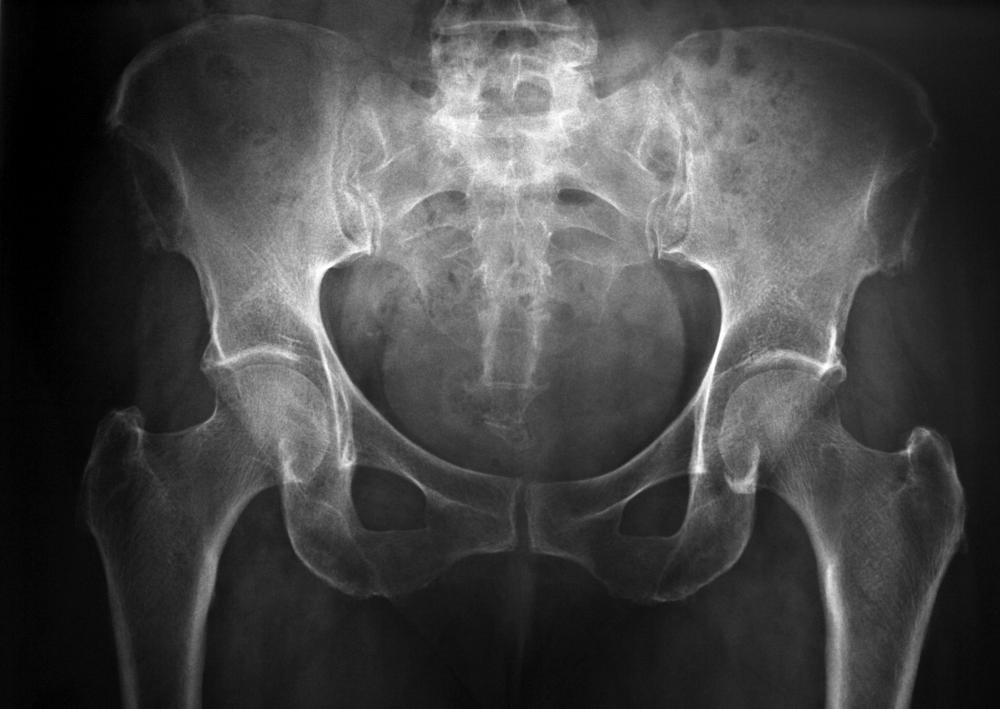At TheHealthBoard, we're committed to delivering accurate, trustworthy information. Our expert-authored content is rigorously fact-checked and sourced from credible authorities. Discover how we uphold the highest standards in providing you with reliable knowledge.
What Is a Retrograde Urethrogram?
A retrograde urethrogram is a radiologic procedure performed to examine the integrity of the urethra, a part of the lower urinary tract. Typically the procedure is performed in men after they have been subjected to a blunt force trauma, but can also be done in women. In the procedure a dye is injected into the urethral opening, and the movement of the dye up into the bladder is evaluated by x-ray. Although the test is most often done in the setting of trauma, it can also be performed to look for narrowing in the diameter of the urethra.
The basic idea of performing a retrograde urethrogram is to visualize the urethra, which is the anatomic structure that carries urine from the bladder to outside the body, allowing humans to urinate. With this radiographic procedure, a dye is injected into the urethral opening, and enters the body opposite the direction that urine normally flows. An x-ray is taken of the lower pelvic region, allowing the dye to be visualized. A normal test would show dye progressing from the lower urethra up into the bladder, filling the bladder with the contrast material.

An abnormal retrograde urethrogram result would suggest that damage has been done to the urethra. On the x-ray, the dye might run outside of the normal path of the urethra, suggesting that the wall of this tubular structure has been disrupted. In some cases, the dye might never reach the bladder, also suggesting that there was damage to the urethra.

One of the most important reasons that a retrograde urethrogram is performed is in the setting of acute trauma. The test is more frequently done in men because they have a higher risk of suffering damage to the urethra, since these structures are much longer in men given that their urethras have to traverse the length of the penis. In some cases, however, the test can also be done on women to ensure they don't have damage to this crucial structure. Clinical findings suggesting that this radiologic procedure should be done include bleeding at the urethral opening, finding bruising or hematomas in the skin overlying the urethra, or noting a high-riding or boggy prostate in men while performing a rectal exam.

Another reason why a retrograde urethrogram might be performed is to look for strictures, or narrowing, in the urethra. Strictures can develop from having a chronic infection, living with a catheter placed inside the urethra for an extended period, or being subjected to radiation therapy as part of a cancer treatment regimen. Symptoms associated with stricture development can include straining with urination or having a sensation of incomplete evacuation of the bladder.
AS FEATURED ON:
AS FEATURED ON:
















Discuss this Article
Post your comments